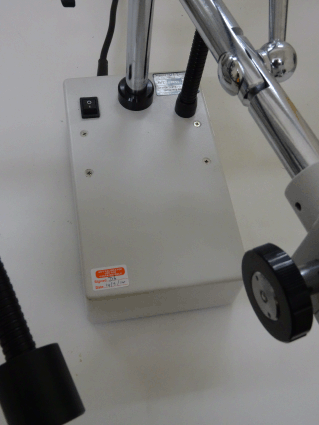In the global economy, it is imperative that production, processes and services consistently meet the required standards to satisfy the expectations of customers. Anything less can lead to customers opting for your competitors as confidence in your company ebbs away, and as returns, rejects or reworking escalate.
Calibration and dimensional testing are the necessary requirement methods to make sure that your equipment, instruments, meters, gauges and tools accurately meet the measurement standards. Many are included in internationally recognised standards such as ISO 17025 (BS EN 17025: 2005 in the UK) and ISO 9001.
At the end of such tests, checks and verification, the visual guide to users is to affix a label or tag to confirm compliance that instruments will operate within tolerances. These labels can advise date of calibration, frequency of calibration, tests undertaken and traceability.

Our range of calibration labels, calibration tags and calibration dots have been used for tests relating to dimensional, electrical, humidity, pressure, thermal and torque, in diverse industrial sectors including aerospace, oil, gas, chemical, pharmaceutical, manufacturing, automotive, medical and telecommunications. In addition, other ranges are produced in other formats including write and seal, and those produced in aluminium foil, tamper evident or tamperproof vinyl.
Besides the standard calibration and test labels on offer, we have supplied many UKAS approved laboratories and test centres with custom produced marking product. These can include company logos, help desk numbers, service centre return address details, and serial numbering or barcoding to provide tracking and access to test records.
For further information please contact Label Source by e-mail (sales @labelsource.co.uk) or telephone 0800 3761693 (in UK), or +44 1443 842769 (outside UK) to discuss your requirements.